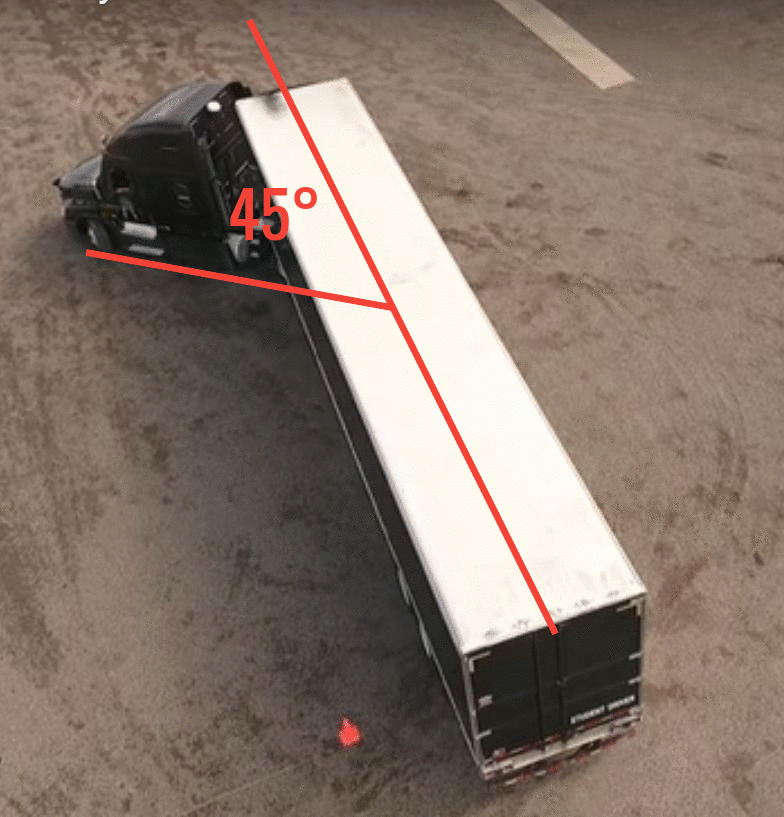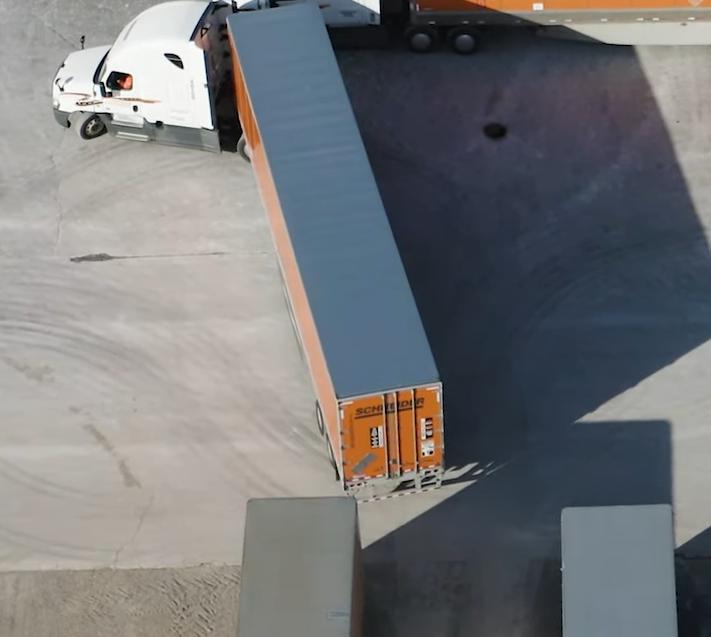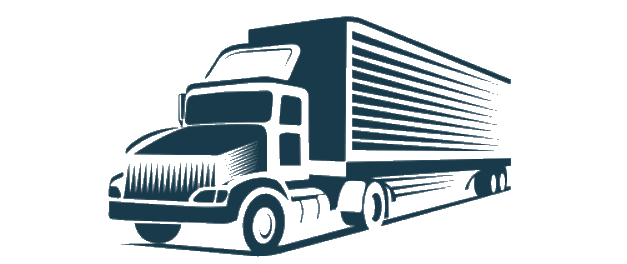People are paying $3-8,000 for truck driving schools and not getting the training they need. Instead, they are often taught oversimplified "tricks" to get them to pass their test.
When I learned how to pass my parallel parking and offset backing tests, my instructors told me:
"Left, right, straight, just like Lionel Richie."
"Hard left, then back until you see the pizza slice of your landing gear in your mirror."
Then you are supposed to learn from your driver mentor (trainer), but that most likely won't be enough.
The Basics
In order to learn backing, first you will need to learn the basics.
There are two important terms you need to know while backing your truck. They are "jacking" (pivoting) and "chasing" (pushing).
And no, I didn't learn these at driving school...
Jacking (i.e., jackknifing, pivoting)
Jacking is done to change the direction that the trailer is pointing. Jacking also changes the angle between your tractor and trailer.
If you want your trailer to go to a certain direction, you point the trailer into that direction.
When you jack your trailer, it will rotate (pivot) around its tandems. As you can see it on the above jacking video, the tandems will pretty much stay at the same spot while you are doing this. The front of the trailer will move.
You make the trailer jack to the right or to the left depending upon the path you want the trailer to take. The trailer will "jack" in the direction opposite to the steering wheel turn. If you want the trailer to jack to the left, then turn the wheel to hard right.
Chasing (i.e., following the trailer)
Once the tractor has "jacked" the trailer into the path (direction) desired, you then must "chase" (push) the trailer through its path for as long as you want the trailer to follow that path. Failure to do so immediately will result in the trailer continuing to jack past the intended path. If you fail to chase it, eventually your rig will end in a full jackknife with the trailer against the side of the cab.
How do you do this? Simply set your steer tires in the direction your cab is jacked, then start backing. If you are doing a driver side backing, your tractor would be pointing to the left and you would steer hard left.
Pivot & Chase vs Left & Right
"Left, right, straight, just like Lionel Richie."
"Hard left, then back until you see the pizza slice of your landing gear in your mirror."

This may help you to pass your CDL test in the above offset backing, however it does very little to help you back your rig in any other situation, simply because you have no clue what's going on.
In offset backing, executing these "Lionel Richie" instructions result in slightly pivoting your trailer so that they are on a course to the lane on your right.
The 45 Degree Position
There is something important that happens when your tractor is at a 45 degree with your trailer. This is vital information they don't teach you at trucking school.

At 45 degrees the front corner of the trailer is centered between the two sides of the tractor and therefore this is the last angle where the tractor is still pushing the trailer.
If you increase this angle, the tractor is only pushing the front of the trailer. The tandems will not be rolling, they will stay pretty much at the same spot and the trailer will pivot around its tandems.
If you decrease the angle, the closer you get to zero degrees (straight), the more your tandems will be rolling.
Why The 45 Is Important
You may have gotten into a situation shown on the photo.

You are doing a 45 degree backing into a spot between two trailers and you are too early. The back of your trailer is about to hit the trailer on the left.
You do the obvious thing, which is a pull-up. Then you try to back again, however you end up with your tandems in the exact same place.
I got stuck in this scenario multiple times and I just didn't understand what was going on.
The reason is the 45 degree law. You didn't pull up far enough to straighten your trailer out.
If you want to move your tandems backwards, your tractor will need to be as close to straight with your trailer as possible.
